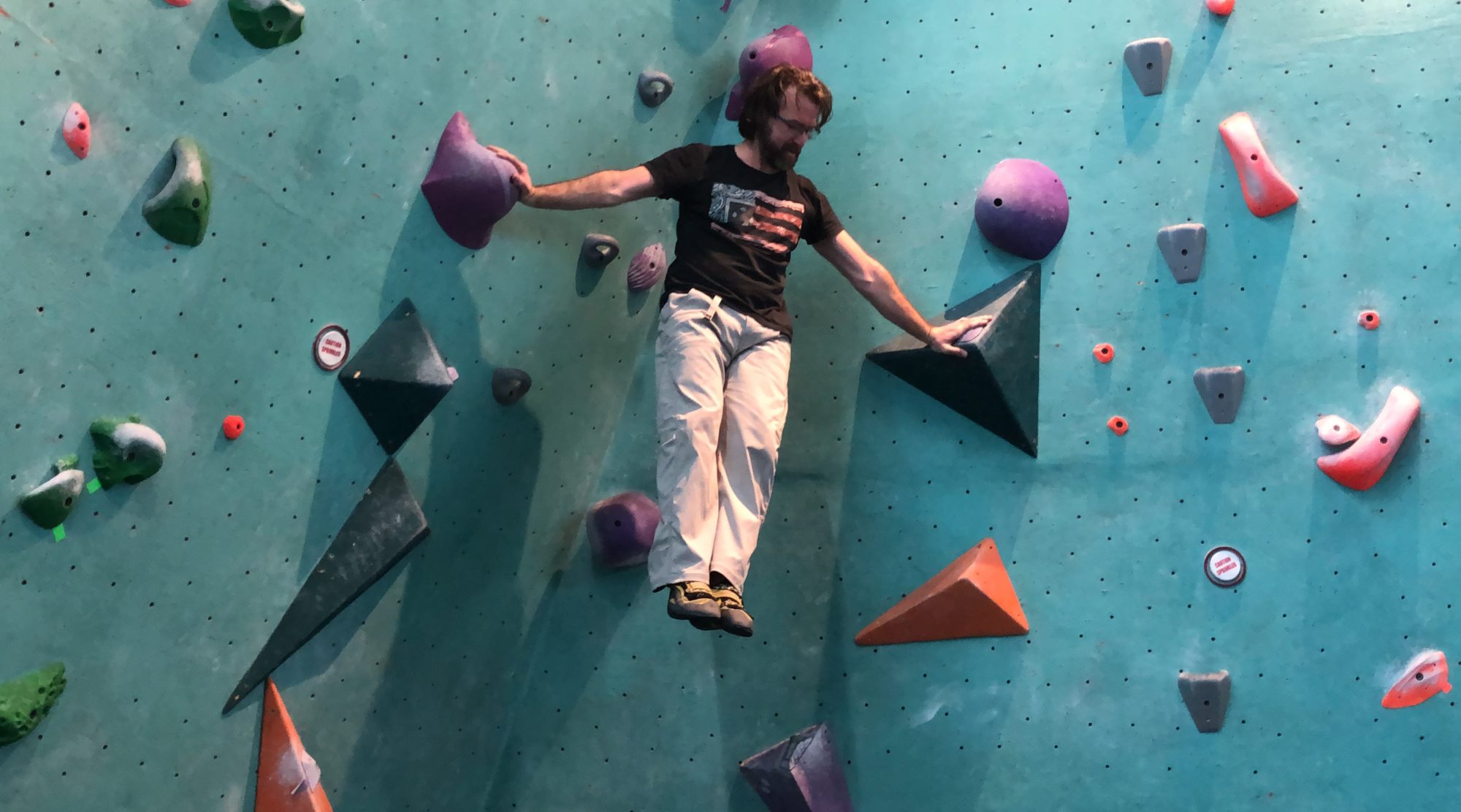Beginning a movement practice is about life change. It is not a quick fix, and it is not something you do “until you feel better.” You must look at every aspect of what it means to be a human mover, which includes who you are emotionally, intellectually, and spiritually. With consistent, intentional, diligent, and conscious work and movement, you can heal your body both inside and out.
If you are ready to take ownership, to really do the work. Here’s a place to start:
Set an Intention
A movement practice is an inward and outward journey. It is helpful to have a clear intention that you can set before you as practice becomes habit. Many of my clients write their intention and place it somewhere they see daily, in their workout space, or perhaps their kitchen or bathroom. However, setting an intention goes beyond just saying it, writing it on a post-it, or status updates on Facebook. There must be an internal change. A shift in your mindset that says, “I cannot live one more day maintaining this old status quo. Something has to give. I must change!”
Your intention keeps you connected to why you’re doing something different, hard, and scary. It also helps keeps you from falling into another “new” mindless routine. Your intention will help keep you on track. It is what you will continually revisit to question your practice: Is this bettering me? Am I showing up fully? What comes next?
This is your starting place. Your intentions should and will evolve over time. This is not a flash in the pan; this is the rest of your life. Developing a Movement Practice is life changing.
Setting Goals
Do you know the exact moment we go from being great movers to a slow degeneration of movement? It is the moment we stepped off the playground. Why do we make playgrounds for kids and not for adults? We don’t often think about the way we move in a creative, artistic, or playful way. Why is this? Every moment you are awake is an opportunity to express yourself in the world through movement. What is it that separates you from all the other robots?
How do you want to move differently? How do you want to see yourself moving? Where is the play? Where’s the fun? Why can’t every moment be an opportunity for that?
Guiding Questions:
- How do you feel about the way you move now?
- How do you want to move when you’re 90 years old?
- What will your movement feel like one year from now?
- What are 3-5 skills you wish you could do?
- How can you be more playful, childlike, and expressive in your daily movement?
Keep in mind that this movement practice is about your human experience, not someone else’s. You may be working toward specific sports goals which have differing approaches. Gymnastics, CrossFit, calisthenics, endurance sports, yoga, martial arts, etc– are all valid physical endeavors, and each requires a different kind of movement practice.
Once you’ve considered these questions, write out 3-5 goals that you want to pursue, and use them to guide your practice.
Creating the Space to Grow your Movement
Before you begin your movement practice, create some space for movement. These are the basics I recommend to all clients:
Space
 It is important to have a designated space for your movement practice. Moving more is about creating the opportunities for movement. Any barriers to movement will make movement less likely to happen. Moving furniture or having equipment out of site in a closet or behind the couch creates small obstacles which makes movement a little less likely. If you have a designated space just for moving, you will be more likely to engage in movement more frequently.
It is important to have a designated space for your movement practice. Moving more is about creating the opportunities for movement. Any barriers to movement will make movement less likely to happen. Moving furniture or having equipment out of site in a closet or behind the couch creates small obstacles which makes movement a little less likely. If you have a designated space just for moving, you will be more likely to engage in movement more frequently.
Hanging Bar
 Climbing is a huge part of human evolution and experience, and we have relegated it to kids playgrounds. As adults, we often need to rediscover these movements.
Climbing is a huge part of human evolution and experience, and we have relegated it to kids playgrounds. As adults, we often need to rediscover these movements.
- Over-the-Door Pull-Up Bar (a good start, but you’ll eventually want other, more sturdy options)
- Wall-mounted Bar
- Ceiling-mounted Bar
- Outdoor Bar
Balancing
One of my favorite pieces of equipment is an inexpensive seven foot 2×4. It costs about $3 and provides an infinite variety of exploration, skill development, balance, and play.
Mats
You want your space to be inviting. If your floor is hard and hurts your knees, you’ll be less likely to get down on it. If your carpet has no traction, you’ll be less likely to do complex movements on it.
Seek Guidance
You are getting serious. Take your nutritional, emotional, and spiritual health equally seriously. Be open to seeking guidance from highly skilled professionals. Take your time researching the best fit for your goals. Building and developing a relationship of trust with your health care provider will pay dividends in your long-term health and vitality.


One Reply to “Establishing a Movement Practice: Where to Begin”